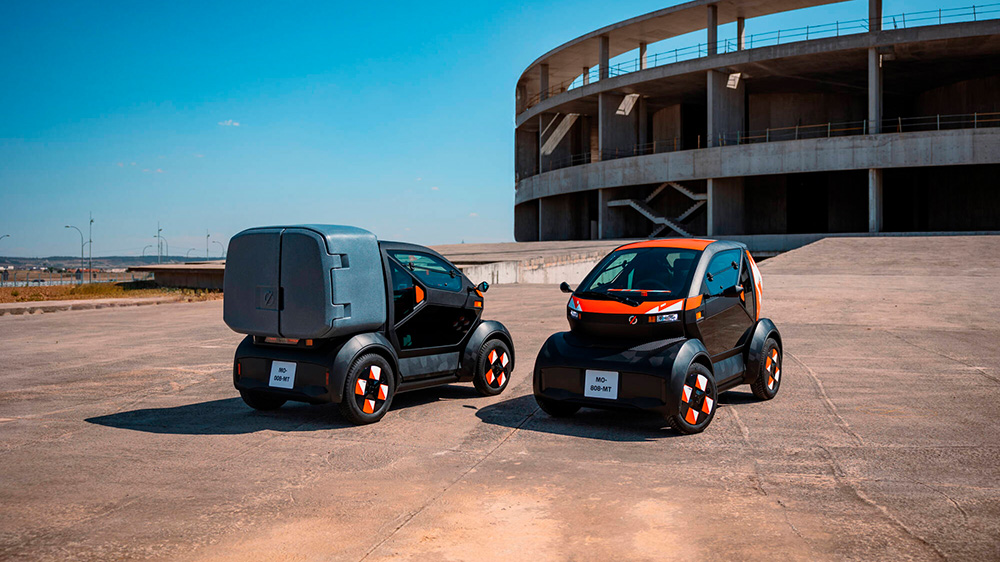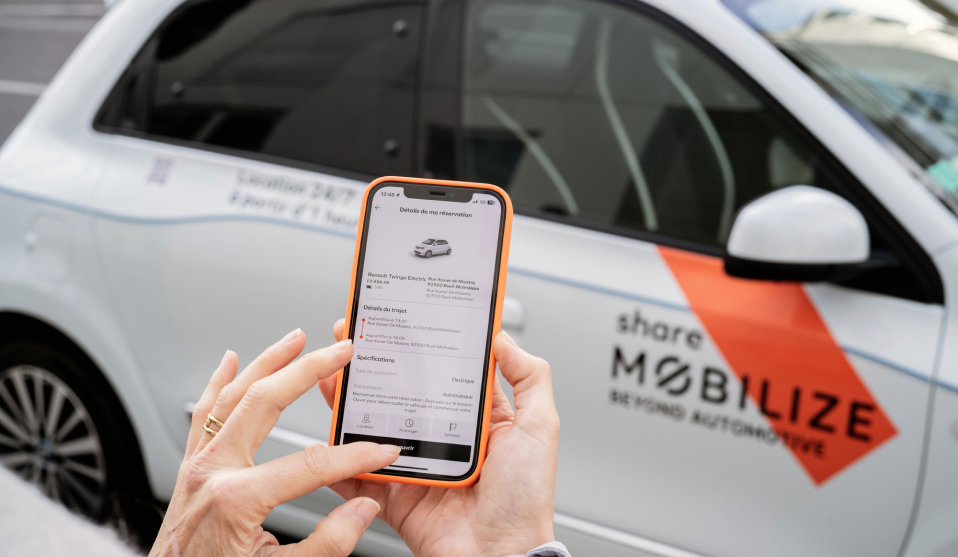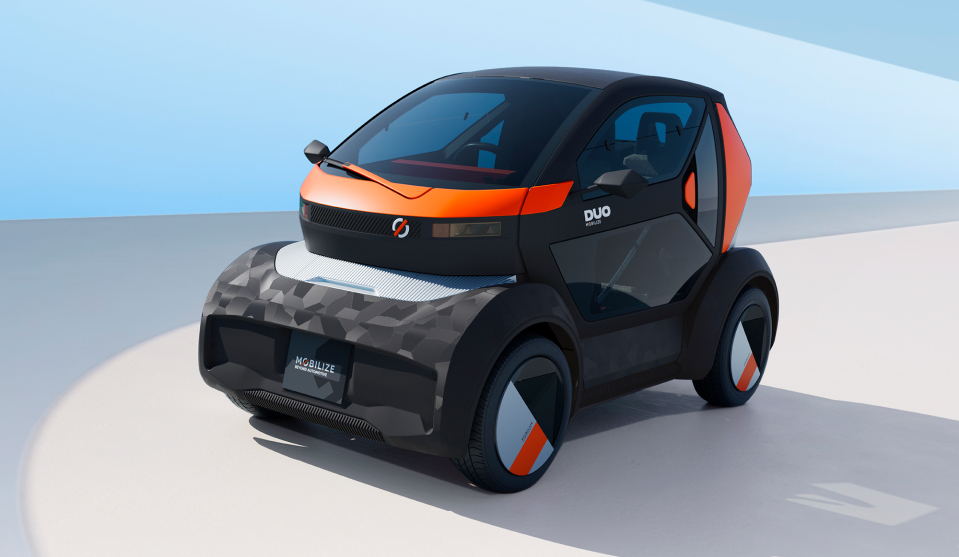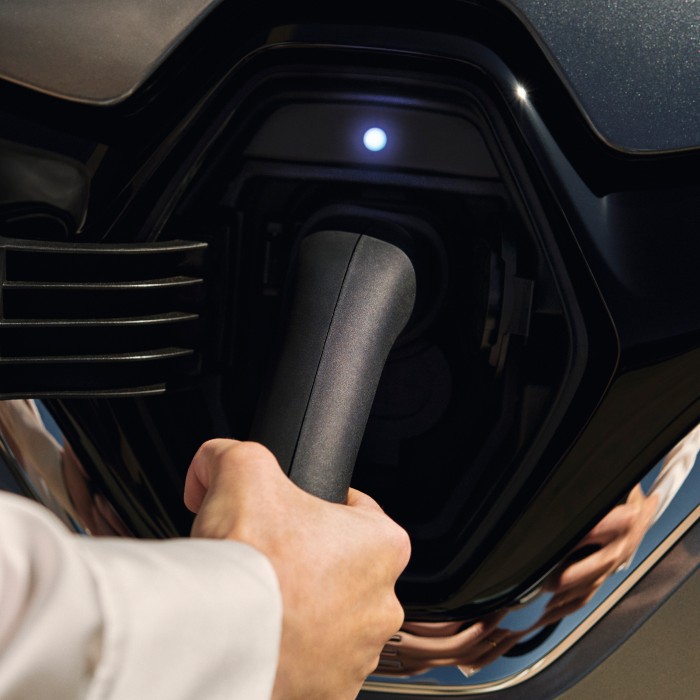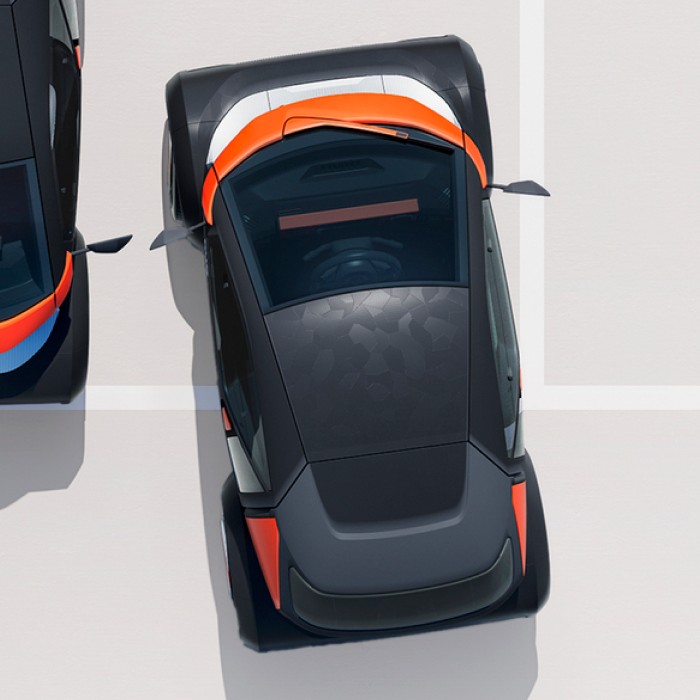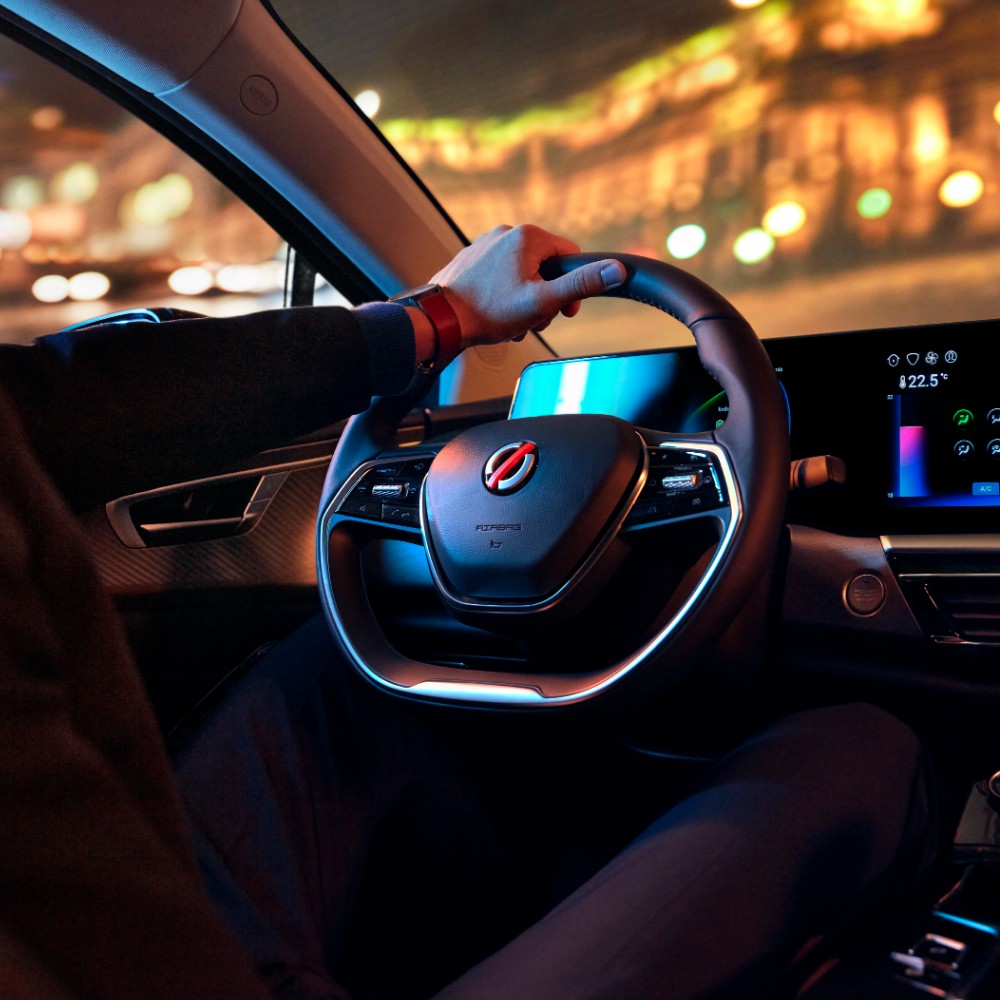Nevertheless, several signs suggest a more optimistic outlook. With a shift towards prioritising usage over ownership, the rise of new sharing models, and ongoing improvements in electric vehicle efficiency, there’s potential for the automobile to reinvent itself as a more cost-effective option..
indicator #1 – Insurance adapts to vehicle usage
The way we use cars is changing. It’s becoming less routine, more shared, and integrated into multi-modal systems, diverging from the traditional one-size-fits-all insurance policies. In this context, mileage-based insurance, known as ‘pay as you drive’ (PAYD), is ushering in a small revolution. It tailors insurance to actual vehicle usage. Additionally, ‘pay how you drive’ (PHYD) insurance is emerging, adjusting premiums based on driving behavior to reward cautious drivers.
In collaboration with Accenture, Mobilize Insurance embraces this approach and provides solutions tailored to the intricacies of today’s mobility landscape.
indicator #2 – Electric mobility goes mainstream
Today, electrification presents a two-sided coin for motorists’ wallets. Electric vehicles come with a significantly higher upfront cost (over 20%3 more in the United States), but electric charging is more economical than filling up with petrol, especially when you have access to it at home or at your workplace. According to France Stratégie4, the savings in operating costs amount to €1,200 per year for an electric car, making it profitable within six years, factoring in current incentives in France.
Meanwhile, manufacturers are investing heavily in innovation to reduce the production cost of electric vehicles. This is a key objective for Renault Group through its subsidiary, Ampère. By optimising software architecture integration, reducing parts diversity, and achieving a production time of under 10 hours per vehicle, the Group aims to slash the cost per vehicle by 40%!
indicator #3: Car sharing and cost sharing
According to McKinsey, the European car-sharing market could be worth between 4 and 5 billion euros by 2030. Based on ADEME5 data, France currently has 12,000 active car-sharing vehicles and 300,000 regular users. Additionally, carpooling accounts for 4% of daily commutes. This trend offers numerous advantages: it promotes more efficient use of vehicles that often sit idle, reduces the automotive industry’s land footprint amid ‘Zero Net Artificialisation’6 goals, and substantially cuts emissions from the sector while trimming individual travel costs. Today, this is embodied in services like Zity by Mobilize or Mobilize Share, which simplify car sharing (among individuals or in businesses) and offer quick vehicle rentals.
indicator #4 – The rise (finally) of microcars?
In the midst of the ongoing debate regarding vehicle size, a trend towards microcars might be on the horizon to cater to specific needs. While often seen as novelties (one can’t help but think of Paul Arzen’s famous “egg”), microcars could soon become a familiar sight in our urban environments. Electric, lightweight, eco-friendly, and purpose-built for city life, these minuscule automobiles also offer the advantage of affordability.
A survey7 conducted by McKinsey reveals that a majority of individuals interested in ‘minimobility’ have moderate to low incomes. In this context, the Mobilize Duo and Bento micro-vehicles, designed for passengers and small cargo transportation respectively, are poised to make a splash. Set to launch in 2024, they occupy just one-third of a parking space, have access to low emission zones (ZFE)8, are made with 50% recycled materials, and are available through subscription!
indicator #5 – More than just a car
Electric vehicles may soon transcend their traditional role as mere transportation. With the advancement of Vehicle-to-Grid (V2G) technologies, they will serve as supplementary batteries for the grid. Behind the V2G acronym lies a promising technology. Through bidirectional charging, vehicles will recharge when electricity is inexpensive and demand is low. Conversely, during peak demand periods, cars can inject unused energy back into the grid, contributing to grid stability. This presents an opportunity to generate extra income by selling this surplus electricity to grid operators.
While we anticipate the launch of V2G on upcoming Renault E-Tech models, the Mobilize Smart Charge app already empowers you to manage your vehicle’s charging, starting it when electricity is cheapest and stopping it when prices rise!
